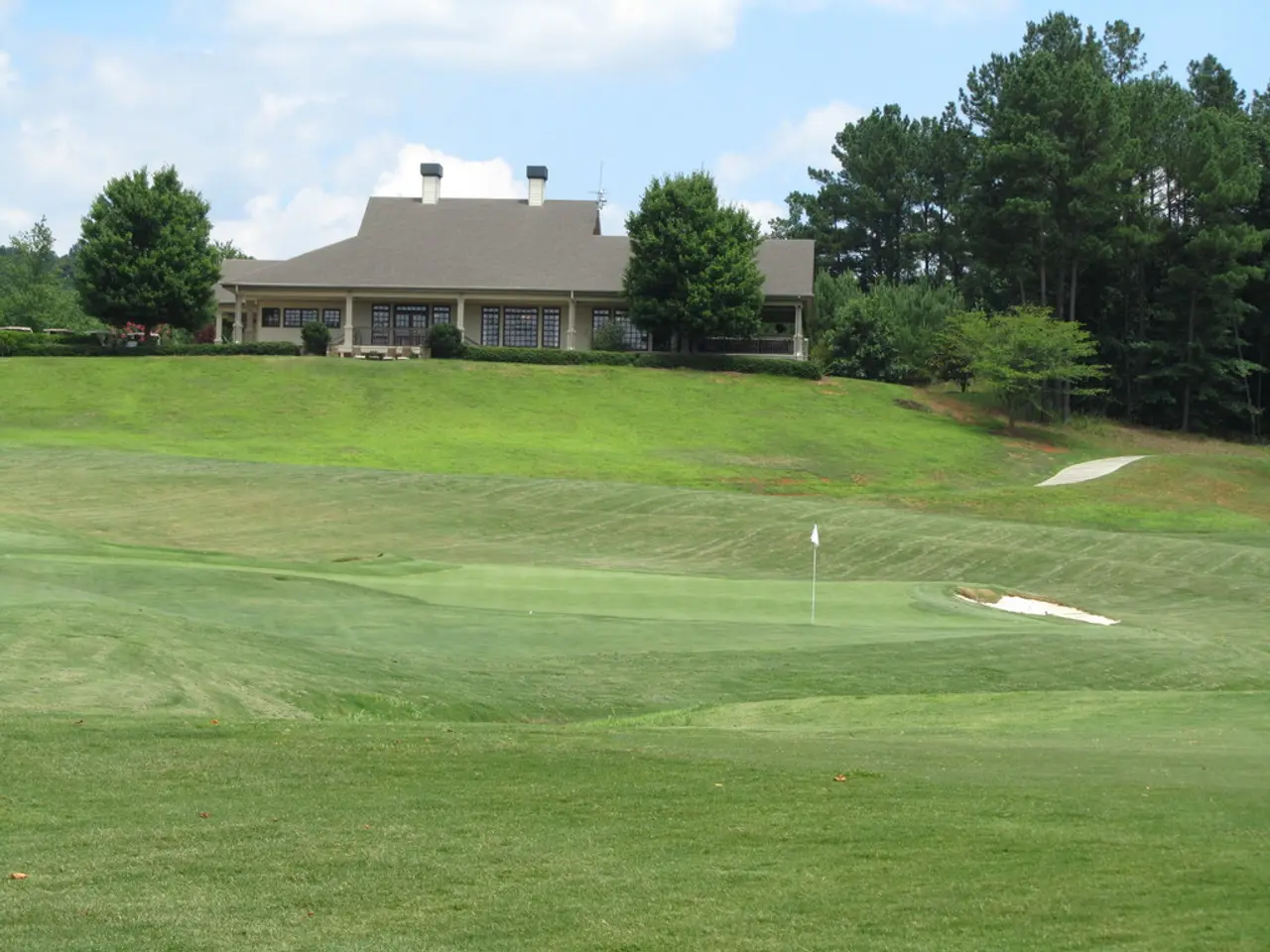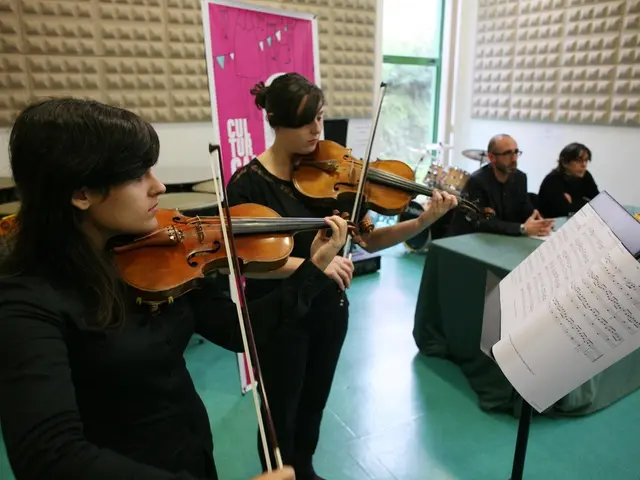Old 17th-century farmhouse in Surrey boasting one of the country's oldest squash courts
Historic Fords Farm in Surrey Hits the Market for the First Time in Half a Century
After over 50 years, the Grade II-listed Fords Farm in Surrey is up for sale, offering a unique opportunity for a new owner to acquire a piece of British sporting history. The house, which dates back to the 17th century, has been extensively remodeled and extended over the years, and comes with sporting facilities that include a tennis court, swimming pool, and one of the oldest private squash courts in Britain.
The squash court, built in the 1920s, is a significant part of the property's history. It was listed in a 1997 survey of early squash courts in private houses by the National Trust, adding to its historical value. Reputedly, the first game of squash was played in the 1860s by boys at Harrow School, and the sport was initially the preserve of grand private houses, public schools, and gentlemen's clubs.
Emily-Jane Gladstone, the eldest daughter of Michael Gladstone, is overseeing the sale of Fords Farm. She spent her childhood at the farm and has fond memories of her father's passion for squash and hectic sessions with fellow aficionados in the 1980s and 1990s. However, Emily-Jane initially tried squash but chose to focus on tennis instead, playing on the court at Fords Farm.
The main house offers elegant accommodation across three floors with an impressive reception hall, a grand drawing room, a sitting room, a wonderful dining room, a music room, study, snug, traditional farmhouse kitchen/breakfast room, pantry, boot room, eight bedrooms, and four bath/shower rooms. Beyond the main house, there is an interesting mix of outbuildings including a period granary, garages, wine and tool stores, workshops, greenhouses, two staff or guest cottages, and the 1920s squash court.
Fords Farm was inherited by Bridget Ford in 1750 and she lived there with her husband Blunden Moore and their sons until after his death in 1768. In 1780, Bridget Ford remarried George Tate, who acquired all the Moore and Ford lands in Pirbright from his stepson William. In 1878, the Revd John Fitzmoore Halsey, who had married the heiress Sarah Halsey of Gaddesden Park, bought Fords Farm from Richard Moore's son.
Over the course of 11 years, Fords Farm was sold to John Cherryman and then to Basil Hastings Bennett. During this period, the house was considerably altered and almost doubled in size, and the squash court, swimming pool, and tennis court were built.
The house, which is a remodeled and extended 17th-century farmhouse, has a guide price of £3.65 million. With its rich history, stunning sporting facilities, and beautiful landscaped gardens, Fords Farm presents a rare opportunity for someone to own a piece of British sporting heritage.
There is no relevant information in the provided search results about Michael Stearn or his ownership of Landhaus Fords Farm since 1984. However, according to research compiled by Michael and Penelope Stearn, Fords Farm derives its name from Richard Forde or Fford, who was listed in the archives of the Surrey Musters in 1572/73.
Read also:
- Education Exhibition: August 2024 Display and Demonstration
- Enhanced solar power for 600-watt power stations: the BOOSTER unit offers an upgrade.
- Frugal Living Revealed: 7 Effective Tips from the Amish Community That Could Save You a Fortune
- Revolutionizing healthcare through Remote Patient Monitoring Systems: A life-changing approach!







